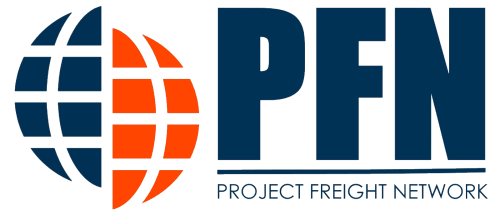Cross-border Connections: Anzalduas Bridge Expansion

Cross-border cargo chaos plagued the supply chain and created massive delays that provoked inflation and disruption especially as the revamped USMCA boosted trade between North American nations. Trans-border freight primarily moves between the US and Mexico via truck, and to a lesser extent rail, making land bridges between the countries the most critical vein of cargo passage.
Located on the US-Mexico border in Texas’s Rio Grande Valley, the Anzalduas International Bridge operates six northbound and southbound lanes open exclusively to passenger vehicles and empty commercial trucks. Growing demand for cross-border services in the Rio Grande Valley and increased waiting times at the Pharr-Reynosa International Bridge spurred investments into two new lanes for commercial trucks heading into and out of Mexico.
Juan Olaguibel, Superintendent of Bridges for the city of McAllen, which owns and operates the bridge alongside Mission and Hidalgo says this project will create the facilities necessary to become an international port, building new infrastructure for cargo such as cargo bays, docking stations, and more.
With an investment over $81 million to add the two lanes for trucks and new cargo inspection bays, this project will provide faster cross-border services that will reduce waiting time and congestion. In the planning stages for several years, this project got a helping hand when McAllen secured a $63 million loan from the North American Development Bank, as well as a $21 million grant from the State of Texas.
Expected to be completed by the first quarter of 2024, it is estimated that the new capacity of the inland port will handle about 2,000 commercial trucks a day in the first year of operation.
One of the main goals of the new Green Trade Strategy by US Customs and Border Protection (CBP) is to “improve climate resilience and resource efficiency” along with “aligning customs processes with a green future.” In that vein, Superintendent Olaguibel stated, “…it will help reduce the environmental impact because you won’t have trucks idling, waiting for hours to be processed, and you reduce wait times for trucks.“
With new policy from CBP changing the supply chain landscape, you need a strategic partner with expertise in compliance, and an eye on the evolving nature of cross-border cargo regulations. Reach out to your BIG Logistics representative today and let us show you the cross-border, customs, and clean energy solutions of the future, today.




